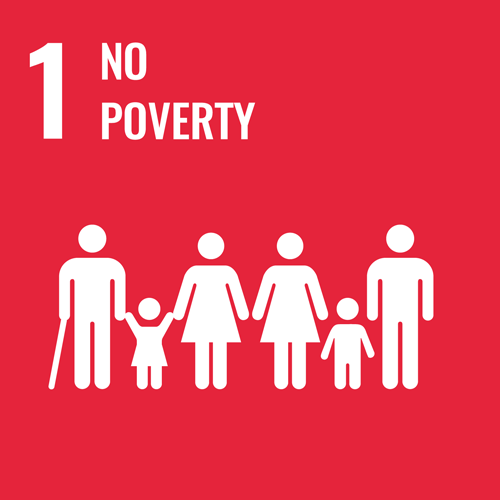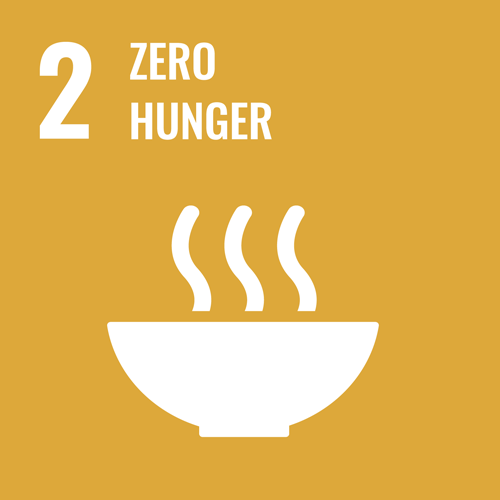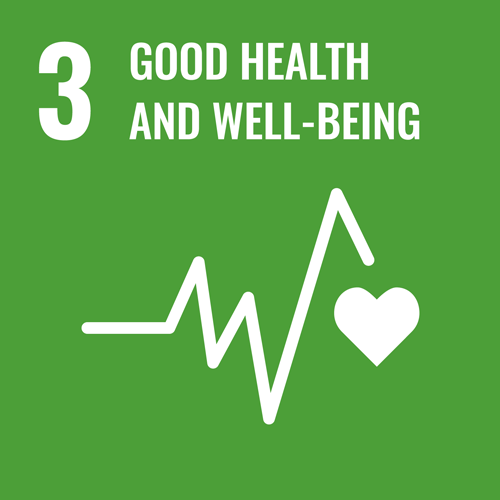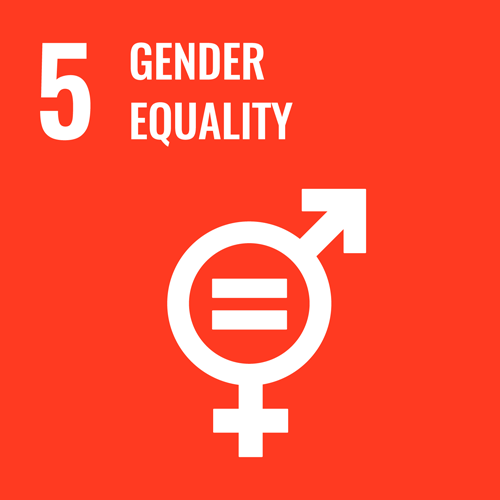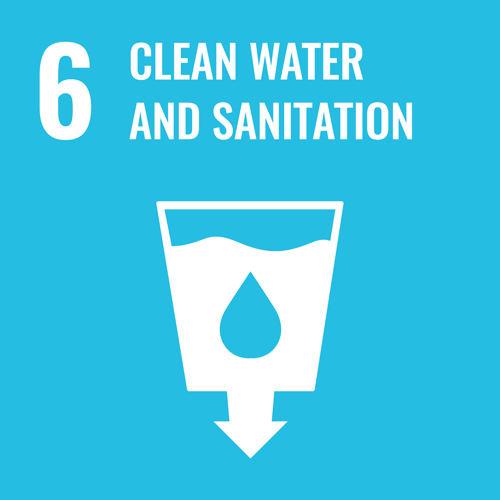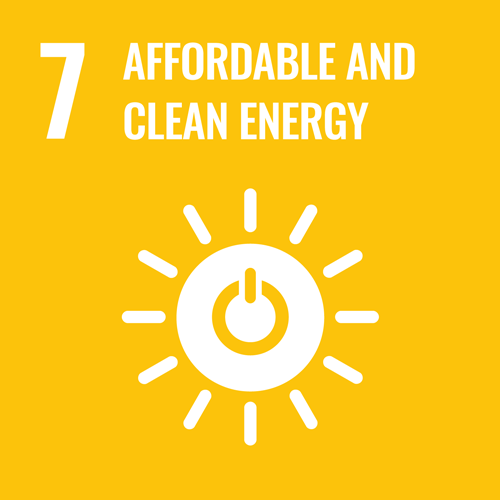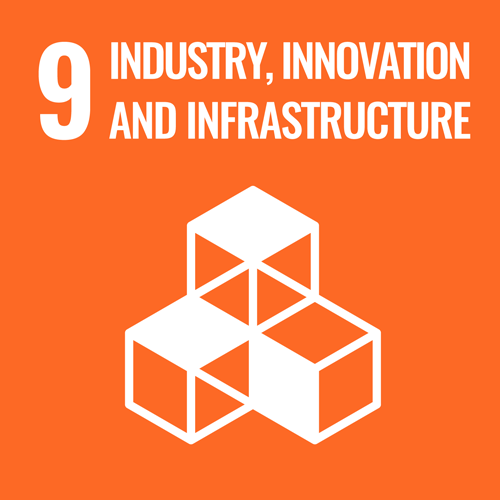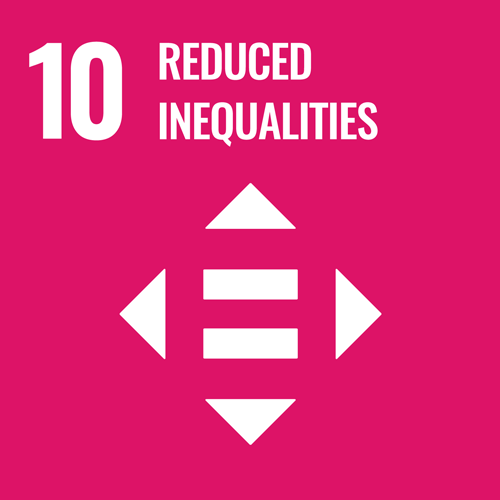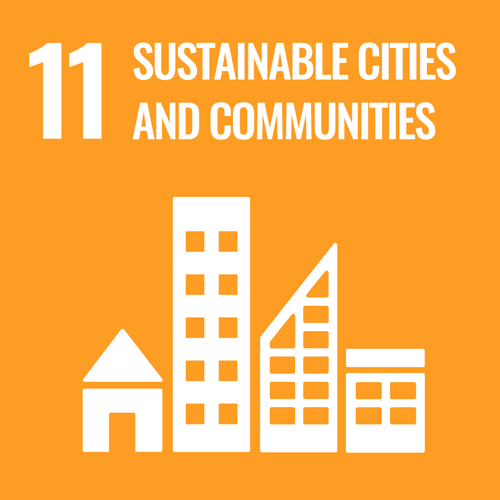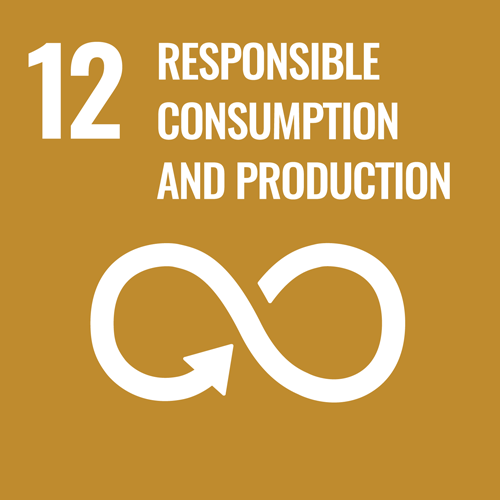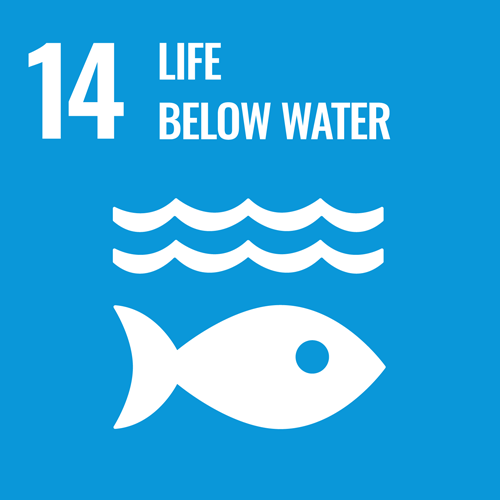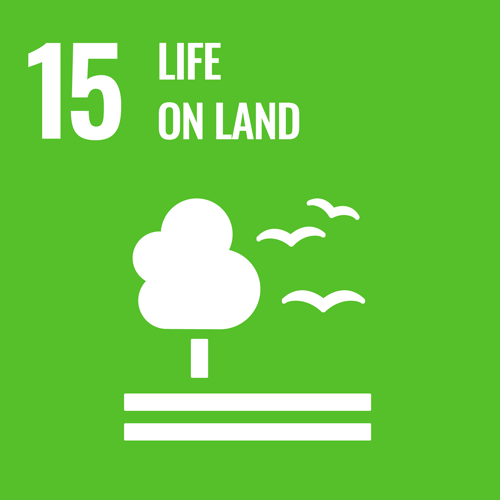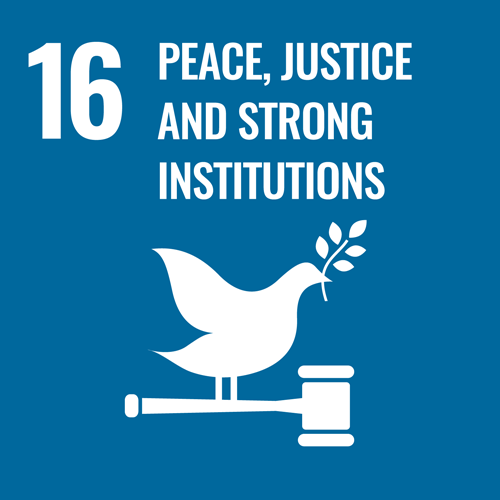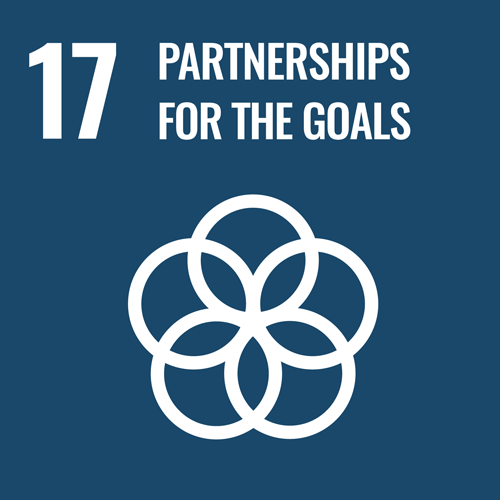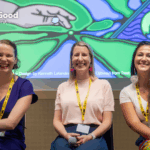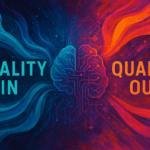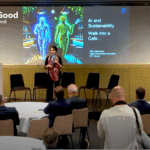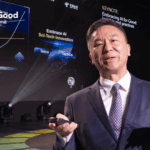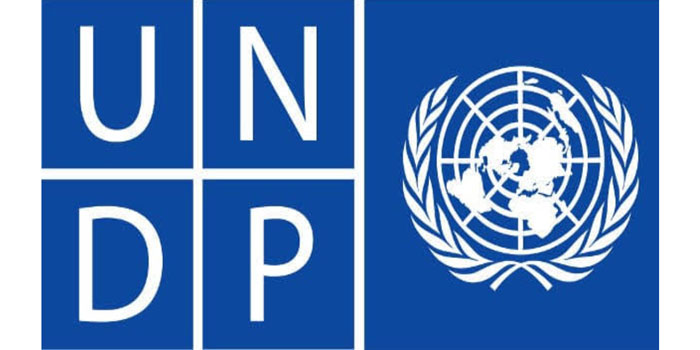
As the United Nations lead agency on international development, UNDP works in 170 countries and territories to eradicate poverty and reduce inequality. We help countries to develop policies, leadership skills, partnering abilities, institutional capabilities, and to build resilience to achieve the Sustainable Development Goals. Our work is concentrated in three focus areas; sustainable development, democratic governance and peace building, and climate and disaster resilience.
Description of Activities on AI
Project 1: Increasing AI capability
From big data to machine learning, digital technologies are transforming our world. In 2020, UNDP launched a new Digital Strategy to enhance its support governments in adapting to this rapidly-changing environment – including by building digital capacity within the Organization. The strategy seeks to increase understanding of digital technologies and how they can be used to achieve the Sustainable Development Goals, as well as the risks and trade-offs that come with them.
AI is a key element of the strategy, as a tool for equitable and accessible digital responses and UNDP has been nurturing AI projects as well as investing in the data foundations needed to harness its potential. In parallel, UNDP is working on ways to manage the unique ethical issues that arise from deploying AI in an international development context. This work is coordinated by the Chief Digital Office – working closely with all UNDP bureaux and offices.
Three projects currently in development are focused on increasing AI ability – internally and externally:
AI readiness tool for stakeholders: building on UNDP’s Digital Readiness Assessment piloted, CDO is developing an assessment focused on AI. The tool will provide insights into AI understanding and capacity, strategy and planning, and implementation and evaluation using indicators such as vision, governance, ethics, innovation, infrastructure, data availability, human capital, inclusivity, transparency and accountability. It will also foster engagement across government and with stakeholders, including the private sector and civil society.
AI chatbot for guiderails: a key part of UNDP’s digital transformation is the governance of data at all levels. The aim is to engage staff in developing norms, standards and policies and empower them to adopt a ‘self-service’ approach to governance. To this end, CDO is working on guiderails for data lifecycle management. Rather than being confined to documents, CDO is developing a chatbot to encourage, simplify and enhance their use.
Machine tagging of projects: to support more effective use of data, the Bureau of Programme and Policy Support is using natural language processing tools to read project descriptions and classify projects into categories of thematic topics, based on supervised machine learning algorithms.
Project 2 – AI models to enhance targeting of poverty alleviation interventions
To enhance targeting of poverty alleviation interventions, UNDP Philippines partnered with Thinking Machine and Zero Extreme Poverty PH, a coalition of Philippine NGOs with a presence in 400 cities and municipalities nationwide.
Traditionally, poverty assessments are informed by on-the-ground surveys. These are necessary but also have limitations. They are usually conducted every three to five years and cost millions of dollars with each round. Designed to interview only a representative sample of the population, they often exclude dangerous and inaccessible areas of interest. With the labour, cost, and incompleteness of surveys, it is difficult to get a complete map of poverty in (near) real time.
Thinking Machine had previously developed a deep learning model that used satellite data of nighttime lights to approximate wealth. However, while cheaper than a survey, it was still expensive – requiring access to satellite images and intensive compute resources for every run. The model also lacked detail, producing a wealth prediction but without showing why an area was classified as wealthy or poor.
To overcome these challenges for UNDP, they used open geospatial datasets that together provided insights into geographic features, points of interest (e.g. banks, restaurants, shops) and Facebook users (e.g. using 4G, 3G or 2G access, WIFI, Apple, consumer preferences). These datasets were then merged with demographic and health surveys, and machine learning was applied to predict the wealth indices of all locations in the Philippines.
While the model is dependent on costly and randomly sampled surveys, the data has full nationwide coverage – which can fill in spatial gaps for measuring poverty across the whole country. Rolling out wealth estimates for the whole population at a negligible cost, at a national scale, in a matter of minutes is now possible.
A granular map was also created, enabling users to zoom into specific areas to see what resources are accessible to them. UNDP overlaid the map with the locations of their NGO partners to determine their proximity to the most vulnerable areas. Other layers such as other vulnerability indicators and COVID cases could also be added.
Project 3: SURGE Data Hub
The SDH helps UNDP Country Offices provide governments with human-centered data for evidence-based decision-making that ensures no one is left behind in crisis response and recovery. The Hub ensures decision-makers have access to evidence and insights that reveal the true cost and impact that fragility and shocks have on people’s lives.
SDH was created in 2020 building on previous individual UNDP initiatives such as the HBDA and the Digital Socio-Economic Impact Assessment (SEIA) tools, to provide a comprehensive, structured, and institutionalized solution in UNDP (and partners) for end-to-end digital assessments in crisis. The Crisis Bureau developed these tools, making use of available technologies and building on the existing assessment offer in the humanitarian and development sector.
SDH seeks to facilitate rapid end-to-end digital assessments remotely for Country Offices in crisis all over the globe—in time zones that are convenient and in languages they understand. Since its inception we have supported over 45 countries across five regions in partnership with national counterparts to carry out digital assessments for decisions about recovery programming (e.g., debris and waste management, emergency employment etc.) and advanced data analysis to address underlying causes of vulnerability and fragility.
SDH is powered through the UNDP Crisis Bureau Country Support Management Team (CSMT). To roll out the tools in a fast-paced and effective fashion, CSMT established a Remote Support Unit (RSU) that provides targeted technical support with local language and context knowledge on planning and implementing digital assessments. It includes experts in Information Management, Economics, Statistics, Data analysis, and Systems.
In addition, SDH has developed a training programme to strengthen UNDP practitioners’ skills in digital assessments to enhance COs analytical capabilities. We seek to invest in people and nurture a community of 800+ practitioners to generate internal transformation and bring about change with national counterparts through a corporate culture of data and evidence-based decision-making.
To uphold our shared ambition under Agenda 2030, SDH offers a bold new approach to knowing what’s going on in the world through data, ensuring vulnerable populations aren’t overlooked in policy-making decisions after crisis.
Project 4 – Mexico – New approaches to accountability and governance
Evaluating what works is a vital part of governance and at the centre of SDG 16. Yet monitoring implementation and impact is often neglected by innovators preoccupied with designing new solutions.
In Mexico, the Accelerator Lab is trailblazing new approaches to address this gap, using novel collective intelligence methods (such as text mining of new data sources) to help the Government better evaluate what’s working. Two early-stage initiatives provide a glimpse of a potential niche for the UNDP to work in partnership with national governments:
Combining datasets to understand gender-based violence in public spaces. Facing public pressure to address high rates of femicide, Mexico City introduced safer public pathways and panic buttons to encourage reporting in 2019. Their impact is still unclear and policymakers are keen to understand where they have proved successful. Working with GIZ Data Lab and GIZ Mexico, UNDP is combining open data about urban infrastructure (e.g. public transport) with closed government data about the use of the panic buttons. Sentiment analysis and crowdmapping is also planned to tap into residents’ perceptions of safety, and provide a clearer picture to guide future interventions.
Text mining to identify barriers to policy implementation. In 2010 the Mexican government introduced a performance evaluation system to track the impact of programming and spending. It includes the option for civil servants to submit open text entries explaining why a target was not met. To date, there has been no analysis of this rich text dataset spanning a decade. UNDP is mining the text entries using NLP 40 to cluster and rank themes. By training an AI model to compare submissions with a set of predefined common causes, and to identify novel themes, the project hopes to make this data analysable. The long-term aim is to build a hybrid collective intelligence model that improves evaluation by combining NLP classification and inputs in real time.
Project 5: AIDA: Artificial Intelligence for Data Analytics
The Independent Evaluation Office is exploring the use of AI and machine learning to extract findings, conclusions, and recommendations from UNDP evaluation reports, and label them using tags. The objective is to leverage this rich unstructured data to generate insights, trends and relationships that might not otherwise be readily apparent, and to be able to access and visualize this information more quickly and easily.
Project 6: iVerify
Building on UNDP’s longstanding support for democratic governance, iVerify is part of the next generation of tools to assist states in carrying out free and fair elections in this era of misinformation.
The tool uses open-source machine learning to track misinformation and AI to detect hate speech. It leverages Crowdtangle to conduct daily monitoring of significant conversations happening on Facebook and runs posts through an open algorithm, Detoxify, to determine whether there might be toxic content. When such content is flagged, it gets sent to Meedan Check, an open collaborative media annotation platform that uses a ‘humans in the loop’ approach to combine machine learning with human oversight. Trained experts from a number of organizations can use the platform to send potentially toxic content and/or misinformation – using email, an online form, Facebook Messenger, WhatsApp and Telegram – to local partner organizations who can verify the content as true, false or somewhere in between.
AI increases efficiency by matching flagged content to similar posts, and reports are published automatically to a WordPress website for access and amplification – with a simple traffic light system that enables users to see at a glance whether a claim is true, half true, unproven, misleading, false, toxic or later retracted. An analytics dashboard further supports quick analysis, agile monitoring and evaluation.
iVerify is built like a comprehensive support package around the provision of digital tools as well as the expert technical support to activate the digital innovations. The project has been deployed in Zambia at the occasion of the August 2021 general elections. The team is actively working at evaluating the impacts of that pilot phase while planning for the continuation of the activities in a sustainable manner. In addition, the initiative is currently in a roll-out phase in Honduras ahead of the November presidential elections. Other countries for future planning include: Zimbabwe, Liberia, Mali and Kenya.
Project 7: Sensemaking
In partnership with data science company Dataverz, UNDP’s Bangkok Regional Hub is exploring the use of AI to improve its sensemaking process. This is part of the ongoing drive to evolve sensemaking to meet the needs of Country Offices (COs) and strengthen their digital and foresight capacities.
Over the past two years, sensemaking exercises have been conducted in COs across the region of Asia and Pacific, as a series of conversations and mapping to provide a comprehensive view on the scale, diversity, impact, connectivity and coherence across the selected portfolio of the CO , with the aim of generating actionable intelligence for supporting CO strategy development and accelerating the impact of CO portfolio These discussions allowed teams to abstract from the nitty gritty of projects to identify patterns, including latent capabilities that could be used more deliberately; synergies across activities that could be strengthened; and levers of change that could be used much more strategically.
Making sense of this rich, unstructured data is time-consuming so the Regional Innovation Center began to explore the use of Natural Language Processing, Machine Learning, and Network Analysis. The Philippines Country Office was the first pilot country. The project looks into the structured and semi-structured data from https://open.undp.org/ and unstructured data from project documents and annual progress reports of selected projects in the UNDP Philippines, to explore the patterns and connections between projects based on the areas of interest. The data analysis will be converted into useful insights to complement the sensemaking exercises for the CO to find new opportunities within its current assets for team and project configuration, for fundraising, and for delivering impact in a systematic way by developing new and better programmes.
The Country Office has since been experimenting with ways to embed portfolio analysis in the sensemaking process to yield actionable intelligence for decision-making.
Project 8: AI and the Digital Divide: analysing the impact of digital connectivity on human development
UNDP partnered with Omdena on this initiative, which saw 50 technology change-makers build AI-based solutions for identifying the relationship between connectivity and human development indicators to assist governments in addressing the digital divide. The main goal was to analyse digital connectivity trends, the factors that impede connectivity and the impacts of exclusion, particularly in the wake of COVID-19.
First, contributing factors were analysed (e.g. distribution of age, people with disabilities, e-government policies, education, gender differences, and infrastructure). Correlation analysis, clustering of countries, and regression modelling were used to identify the impact of these factors on the Human Development Index and Gross Domestic Product. Data was acquired through web scraping, extracting columns from datasets and combining datasets. SVR, Decision Tree, Random Forest Regressor, and various regressions algorithms then generated insights that were used to train Machine Learning models, such as correlations between factors related to internet censorship and to technological limitations.
Investigating the relationship between disability and connectivity was one of the most complex tasks. After spending significant time in the literature review, the team eventually found a dataset that could be used for further processing. The data accumulation was from the G3ict: The Global Initiative for Inclusive ICTs. The Digital Accessibility Rights Evaluation (DARE) Index 2020 score includes points corresponding to the three categories of variables measured: country commitments, capacity to implement, and actual outcomes in digital accessibility for persons with disabilities. It indicates the overall progress and momentum of a country in implementing digital accessibility as per the ICT accessibility dispositions of the Convention on the Rights of Persons with Disabilities. These measures were used to predict the target variables of HDI and GDP. Data visualization was done using Power BI and Tableau.
The results of all task groups were combined into a web-based dashboard using Streamlit, an open-source python library with the ability to render dynamic dashboards that can be updated in real time.
Project 9: Analysing COVID-19 misinformation
UNDP is partnering with UNESCO and Citibeats, an ethical AI Platform that focuses on analysing social data, to curb misinformation about COVID-19 in the Dominican Republic.
More than 10,000 anonymous opinions related to the pandemic were extracted from Twitter and digital media between March and August 2020. Analysis showed that concerns were diverse, with tourism, security measures and social protections generating the most conversation. In addition, misinformation was identified in relation to security and health measures, spiking in relation to different topics.
Having created an evidence-based perspective on the landscape of disinformation, actions were developed to disseminate clear and verified information, as well as plans to monitor and address concerns in real time.
Project 10: Using AI to identify trends in hate speech
Working with local organisations, UNDP’s Sudan country office will localise Meekin, an award-winning platform developed by the social enterprise Koe Koe Tech. The platform helps identify trends in social media around hate speech, and/or risk factors and early warning signs for extremism using an algorithm based on AI and natural language processing. The project will build on the platform’s success in Myanmar, where the pilot project flagged 80,000 Facebook posts and comments
Project 11: Using satellite imagery to help communities tackle stubble burning and to advocate for organic waste composting
Last year, UNDP’s Ukraine Accelerator Lab partnered with the Center for Innovations Development to launch the ‘Don’t Burn – compost’ challenge for communities across the country.
Every year, Ukraine sees over 56,000 fires in natural ecosystems and open territories, according to the State Emergency Service of Ukraine. This leads to billions in economic damage, ecosystem loss, pollution and deaths.
This pilot project enabled communities to track fires in near real-time, and enter data collected by local community activists into an online map. Using a GIS solution, participants were also able to get information about fires in their communities from the past three years based on satellite data. Analysis showed that about 80 percent of fires in some communities occur in the same locations.
The project was part of the Collective Intelligence Design Studio facilitated by NESTA, an innovation foundation in the UK, which is based on the premise that intelligence is distributed and different communities hold different pieces of information about what works in their contexts and different perspectives that, when combined, create a more complete picture of the problem and how to solve it. One of the insights generated was that organic waste composting is one of the most effective and eco-friendly ways to reduce burning practices.
Project 12: AI chatbot for COVID-19 information campaign
Last year, UNDP China mounted a social media information campaign to encourage people to adhere to World Health Organization viral protection practices. The campaign was urgent and challenging, given the number of languages and dialects spoken in the country. UNDP China partnered with Yunnan Nationalities University and engaged students in generating videos of WHO messaging in different languages. Other students became involved and UNDP put together a milestone video that went viral on Weibo.
The videos developed into an online community and social movement. One touching example was a video by a young man in Shanghai teaching his grandmother how to put on a mask in Shanghainese. The campaign spread to other countries and UNDP began to leverage other platforms, such as TikTok and LinkedIn. UN Goodwill Ambassadors including Lang Lang and Michelle Yeoh participated, increasing the campaign’s reach to 10 million.
However, the Country Office saw that there were still gaps in local dialects, so it used an AI generated news anchor named Xiao Qing who could ‘speak’ 25 languages. This gave the campaign an innovative appeal and resonance with the younger generation.
Overall, the campaign reached 36 million people using 50 languages and dialects.
Project 13: AI for aid – GiveDirectly
In Bangladesh, UNDP and a2i have partnered with the non-profit GiveDirectly to direct aid to those most in need. The project uses AI tools to extract mobile phone and satellite metadata to identify vulnerable populations who may be eligible for cash transfers in a way that is faster, cheaper and more accurate than door-to-door evaluations.
After the AI model is set up, GiveDirectly is able to identify, sign up and distribute cash to tens of thousands of people in days, instead of weeks or months. For example, in Togo, beneficiaries were notified within minutes of applying and paid within an hour via integration with mobile money.
It is now being scaled in Bangladesh, as part of UNDP’s Digital X Scale Accelerator. Supported by the Government of Japan, the Chief Digital Office’s Digital X initiative provides funding, five months of organisational support and technical expertise to unblock traditional challenges to scaling up in terms of impact and geographic reach.
Previously, Bangladesh did not have tech-based beneficiary-targeting solutions. When the Government introduced a USD 5 million stimulus package in response to COVID-19, disbursement proved extremely time-consuming and labour-intensive as there was no integrated database that could be used to identify target populations. Instead, they relied on door-to-door visits.
The GiveDirectly project is now piloting the mobile phone-based targeting approach, which aims to reach 10,000 people in this initial phase. The project is an example of partnerships for good, with GiveDirectly bringing the technology expertise and UNDP serving as the link to the Government-UNDP programme a2i, which plans to integrate the approach into its social cash transfer programme.
Project 14: U&AI AI for SDGs Youth Bootcamp
The COVID-19 pandemic has accelerated the proliferation of Artificial Intelligence technologies in public health, such as contact tracing, facial recognition, virus detection and vaccine development. As we start to reap the benefits of AI technologies to combat the pandemic, we need to also recognize the potential risks posed by these technologies such as a widening digital divide, data privacy concerns, and the development of autonomous weapons.
Youth today will be at the forefront of shaping the future of AI technology, therefore, together with the Institute for AI International Governance (I-AIIG) of Tsinghua University, UNDP China launched the inaugural U&AI AI for SDGs Youth Bootcamp. The Bootcamp has brought together teams of passionate young people from across the world eager to harness AI technologies to tackle real-world problems and embark on a learning journey together.
The Bootcamp has recruited over 1000 participants from over 50 countries. After two months of Master Classes delivered by the world’s leading AI experts, we have thus far received 34 project proposals on AI-powered solutions to address pressing development challenges.
Project 15: Sudan Horizon Scanner (SHS)
Sudan Horizon Scanner is an artificial intelligence (AI) software that maps out development and humanitarian interventions in Sudan, does programmatic simulation, identify, and communicates early warnings, and collected and analysis strategic conversation of public interest. The general aim of this software is to generate a continues stream of baseline data, identify, and make sense of emerging issues, assess the impact of interventions concerning development programming, identify new sources of evidence and insights and provide data for modeling and simulation for better decision making and resource mobilization.
Project 14: U&AI AI for SDGs Youth Bootcamp
The COVID-19 pandemic has accelerated the proliferation of Artificial Intelligence technologies in public health, such as contact tracing, facial recognition, virus detection and vaccine development. As we start to reap the benefits of AI technologies to combat the pandemic, we need to also recognize the potential risks posed by these technologies such as a widening digital divide, data privacy concerns, and the development of autonomous weapons.
Youth today will be at the forefront of shaping the future of AI technology, therefore, together with the Institute for AI International Governance (I-AIIG) of Tsinghua University, UNDP China launched the inaugural U&AI AI for SDGs Youth Bootcamp. The Bootcamp has brought together teams of passionate young people from across the world eager to harness AI technologies to tackle real-world problems and embark on a learning journey together.
The Bootcamp has recruited over 1000 participants from over 50 countries. After two months of Master Classes delivered by the world’s leading AI experts, we have thus far received 34 project proposals on AI-powered solutions to address pressing development challenges.



